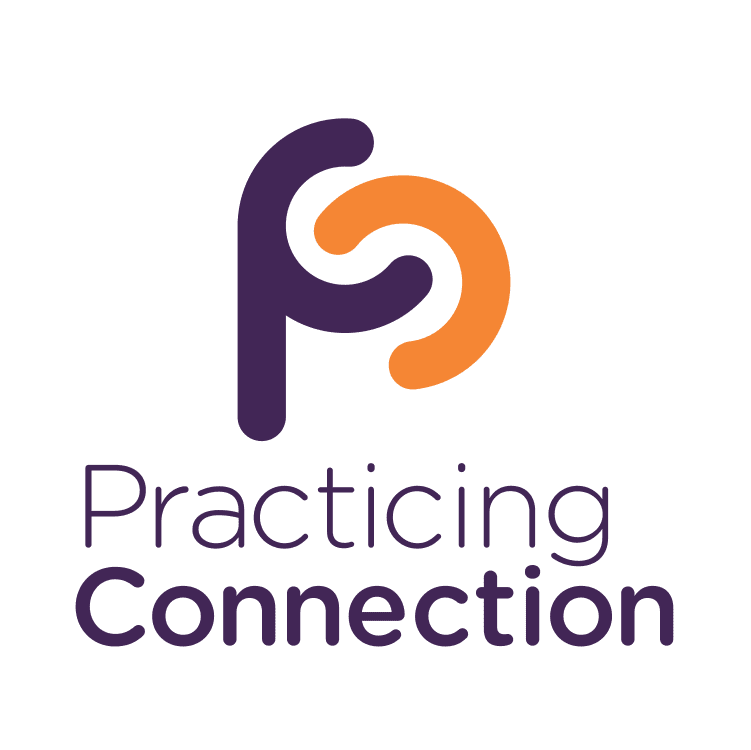(Season 5, Episode 17)
This is the third is a series of three practicasts centered around “holding space,” a concept we learned from Heather Plett, author of “The Art of Holding Space.” Our co-creator for this series was our OneOp colleague, Kristen Jowers.
In this episode, Bob Bertsch shares a practice for letting go of something in order to let something new emerge.













